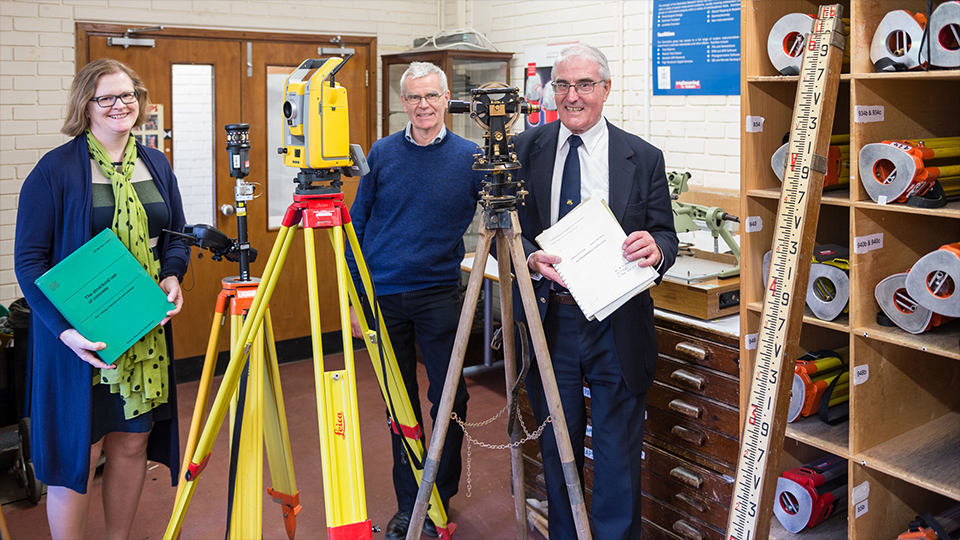Here you can read about four innovative approaches to engineering which Murray was involved in.
A new approach to constructing immersed tube tunnels
An immersed tube tunnel is a type of undersea tunnel comprised of segments constructed off-site. These are then floated to the tunnel site to be sunk into place and linked together. Murray was involved in an innovative new construction method for these, the details of which were presented at the first International Conference on Immersed Tube Tunnels.
The new method known as Dual Skin Composite Construction involves the walls of the tunnel being comprised of sheet steel liners inside and out, with the cavity filled with concrete. Shear stud separates the two plates of steel to provide a structural connection between the poured in concrete and the external structural steel. This structural connection distributes any shear forces that the structure may incur as they are spaced to control the possible buckling of the steel plates under various loading or stress conditions.
This design was originally proposed for Conwy, North Wales, which was Britain's first immersed tube tunnel, completed in 1991.
Earthquake Engineering
Murray worked on methods to predict how buildings collapse during earthquakes and other seismic events. The aim was to understand and demonstrate how specific structures would collapse in on themselves, therefore preventing danger and reducing risk to anything outside of its footprint.
To achieve this, Murray and his team used Finite Element Analysis, which is the computer simulation of any given physical phenomena using numerical methods. This technique enables researchers to reduce the number of physical prototypes and experiments undertaken. This enables costs to be reduced and components to be optimised in their design phase, resulting in better end products. This work was undertaken in conjunction with Rockfield, a Swansea-based civil engineering organisation.
Challenging the Water Resources Act
Murray took part in the first ever appeal of this Act under section 110 in 2009. This resulted in two papers being published by the Institution of Civil Engineers and a public enquiry decided on by the Welsh Assembly Minister for the Environment.
Crane Removal
A challenging project Murray was involved with was the removal of a hammer head crane in one piece. This was especially difficult due to its size and weight; the crane had the capacity to lift 80 tonnes and had a radius of 72 metres.
Hammerhead cranes are a type of tower crane that are typically seen along city skylines. They are used to build tall structures such as skyscrapers. They are formed of a vertical tower known as a mast and an outstretched arm known as the jib. On a hammerhead crane, the jib rotates 360 degrees horizontally around the mast at a fixed level. The trolley and hook block can travel along the jib, meaning the hook can be moved closer or further away from the main tower.
Often, these cranes are assembled using smaller, more mobile cranes. As a result, taking one down in a single piece is an especially complex procedure. Murray captured the steps that were used to take down such a large structure, so that they could be learnt from in the future.
Now retired, Murray has had a long and extraordinary career completing many challenging civil engineering projects. He has previously volunteered with the University to share his insight with students, taking part in the University’s Inspiring Minds project sharing his knowledge of STEM careers.
Murray encourages students to always take work opportunities that come their way and broaden their horizons. He is a donor to the university, providing a prize for the most improved performance, as well supporting Development Trust Scholarships. He takes great pride in providing direct support for students and has also donated a vast number of textbooks and equipment to the School of Architecture, Building and Civil Engineering.
